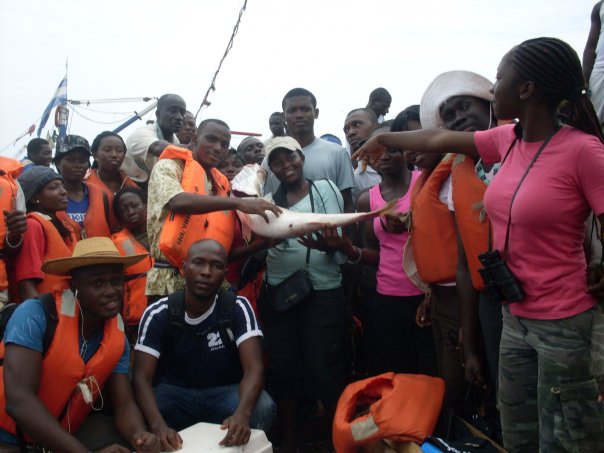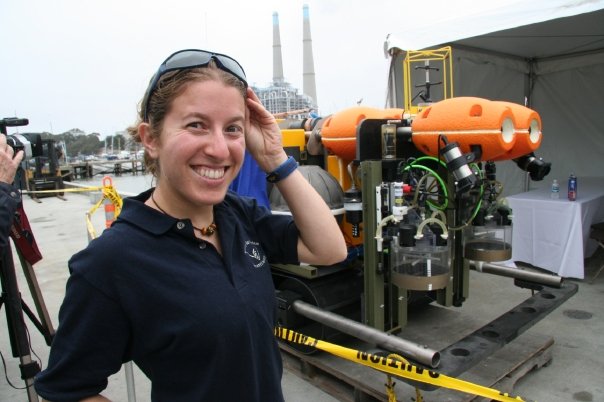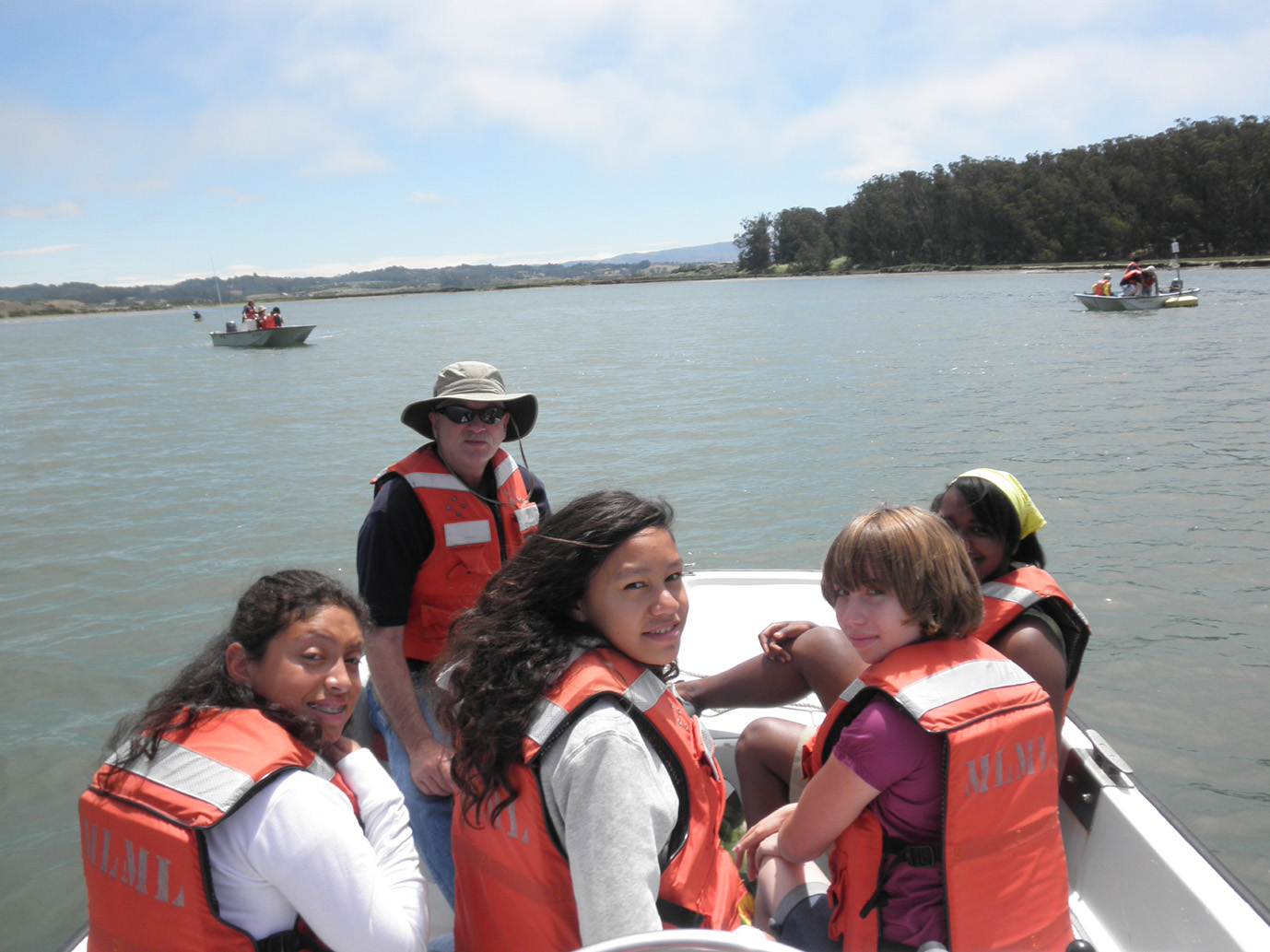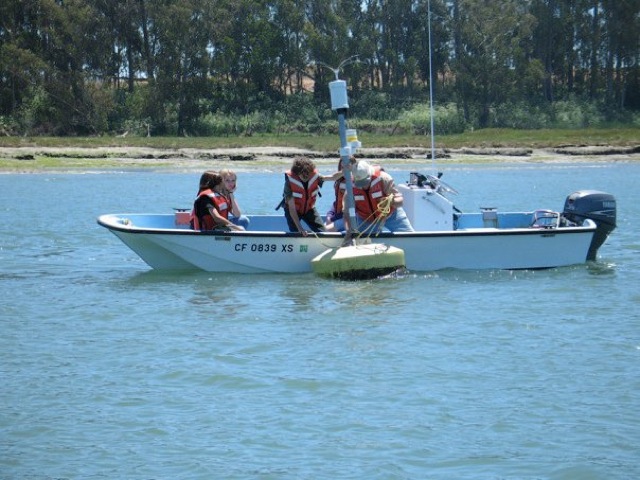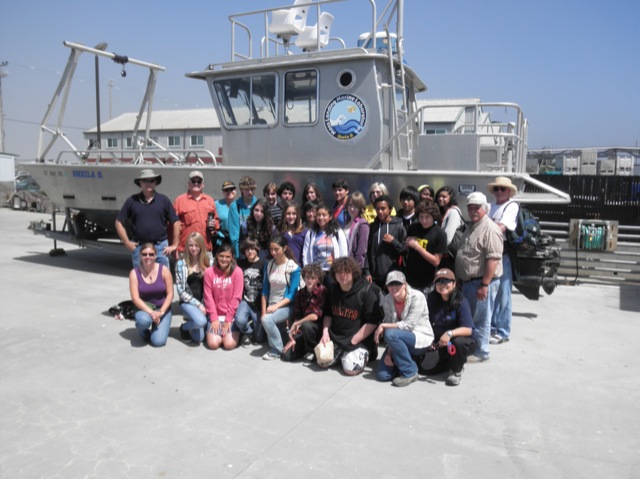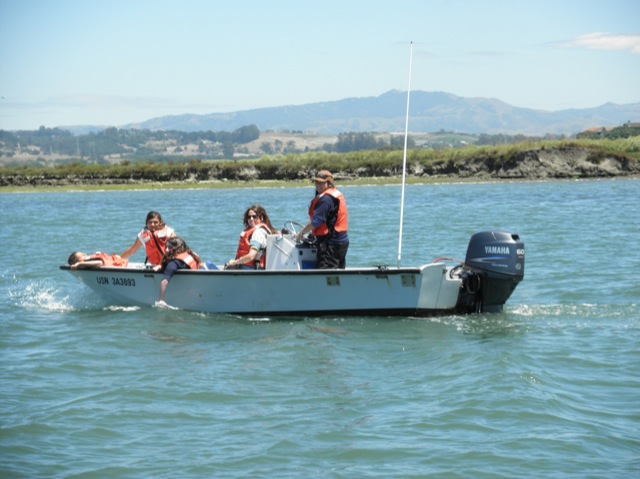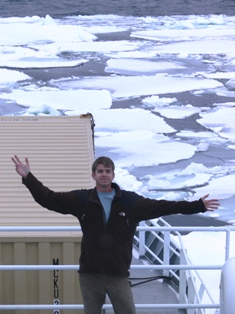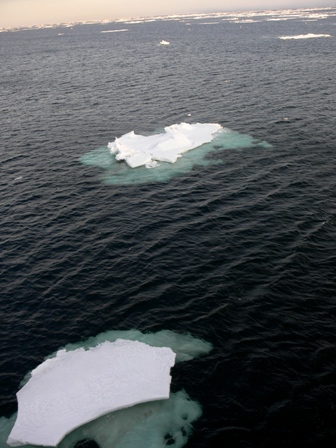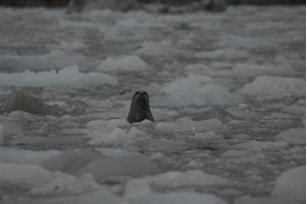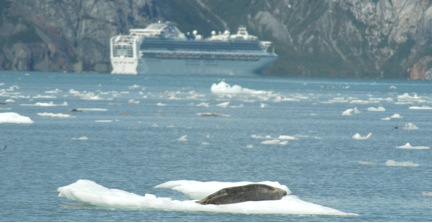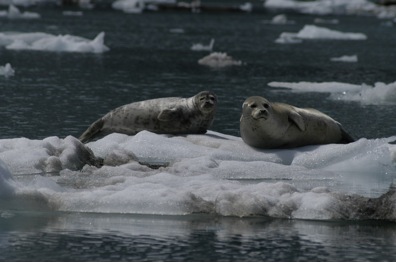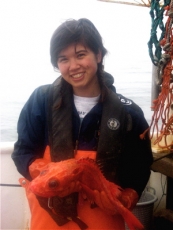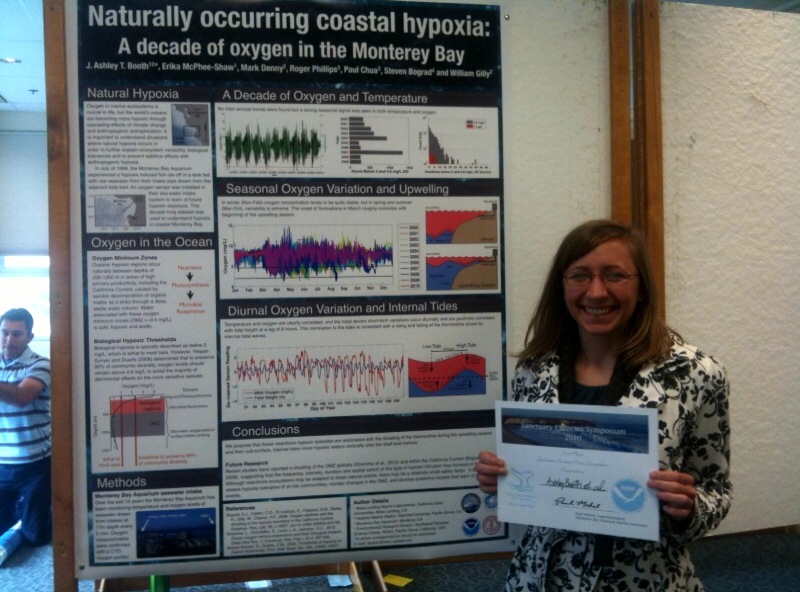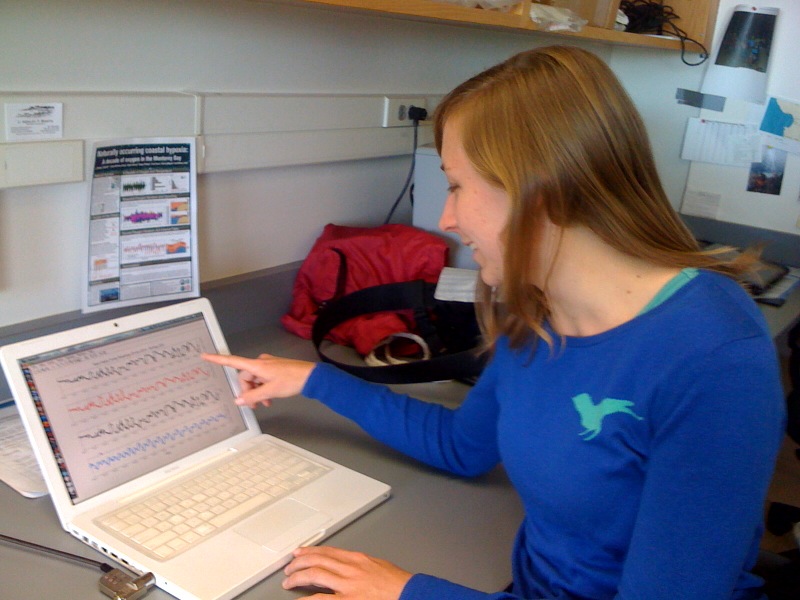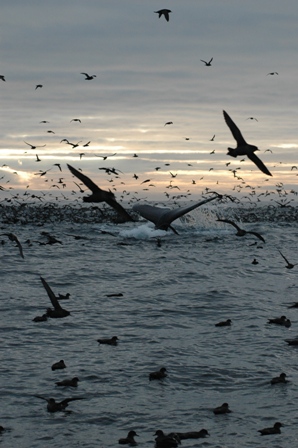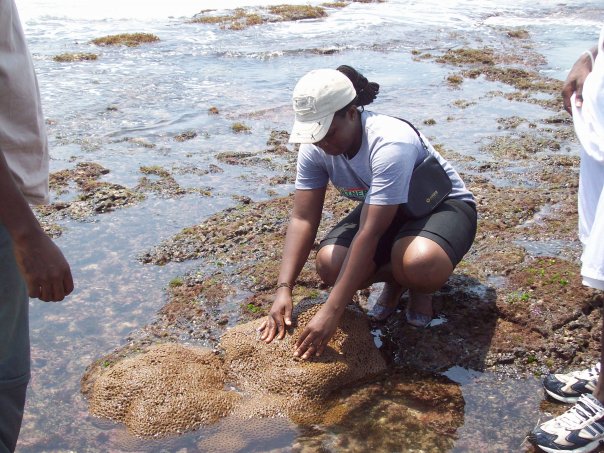
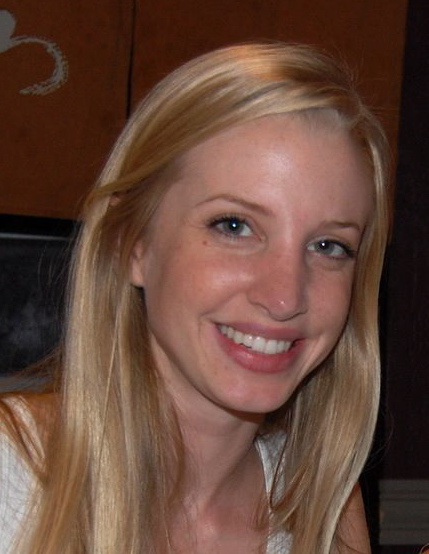
by Brynn Hooton, Phycology Lab
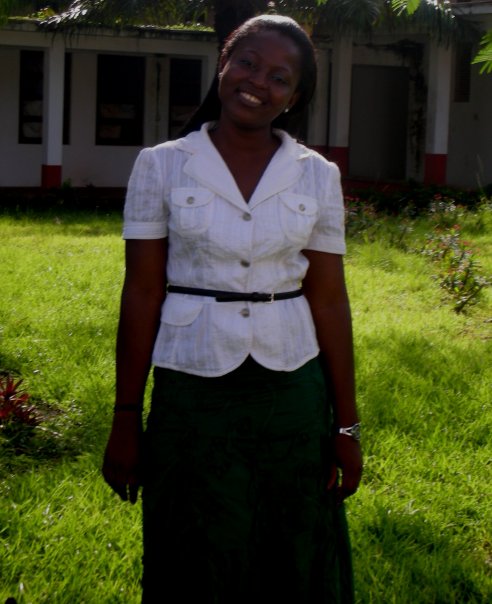
This year, Moss Landing Marine Labs will be hosting Edem Mahu, an exchange student from the University of Ghana. I got a chance to sit down and talk with Edem, and learn a little bit about her background and her experiences at MLML so far.
Edem is a graduate student at the University of Ghana in the Department of Oceanography and Fisheries. She told me that she has completed all of her coursework at the University of Ghana, and has come to Moss Landing Marine Labs to develop and complete her thesis. Edem came to MLML through the International Student Exchange Program, better known as ISEP. I asked her how, out of all of the universities in the world, she ended up choosing Moss Landing Marine Labs for her year abroad. She explained that you can apply to a list of schools that ISEP provides, and in her search for a marine science program, she came across San Jose State University. San Jose State’s marine science program is housed here at Moss Landing Marine Labs, and after learning about the labs on our website, she decided that it was a good fit.
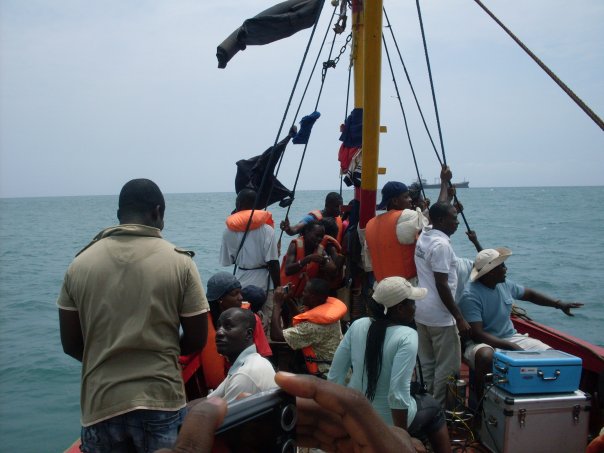
Edem will be working with MLML’s own director, Dr. Kenneth Coale. With Kenneth, Edem has developed a thesis working on the assessment of benthic assemblages and levels of chemical contaminants in marine sediments. I asked how she became interested in studying this particular subject. Edem answered that in the Gulf of Guinea, oil drilling is common. However, baseline data on petroleum hydrocarbons and other contaminants in marine sediments is sparse. In the event of an oil spill, such as the one in the Gulf of Mexico right now, baseline data would be invaluable to scientists trying to protect or restore the marine ecosystem.
So far, Edem said she is enjoying her experience at Moss Landing Marine Labs. She said everyone has been very open, helpful and friendly. I’ll look forward to hearing more about her adventures here in the future. Check back often for more updates!
